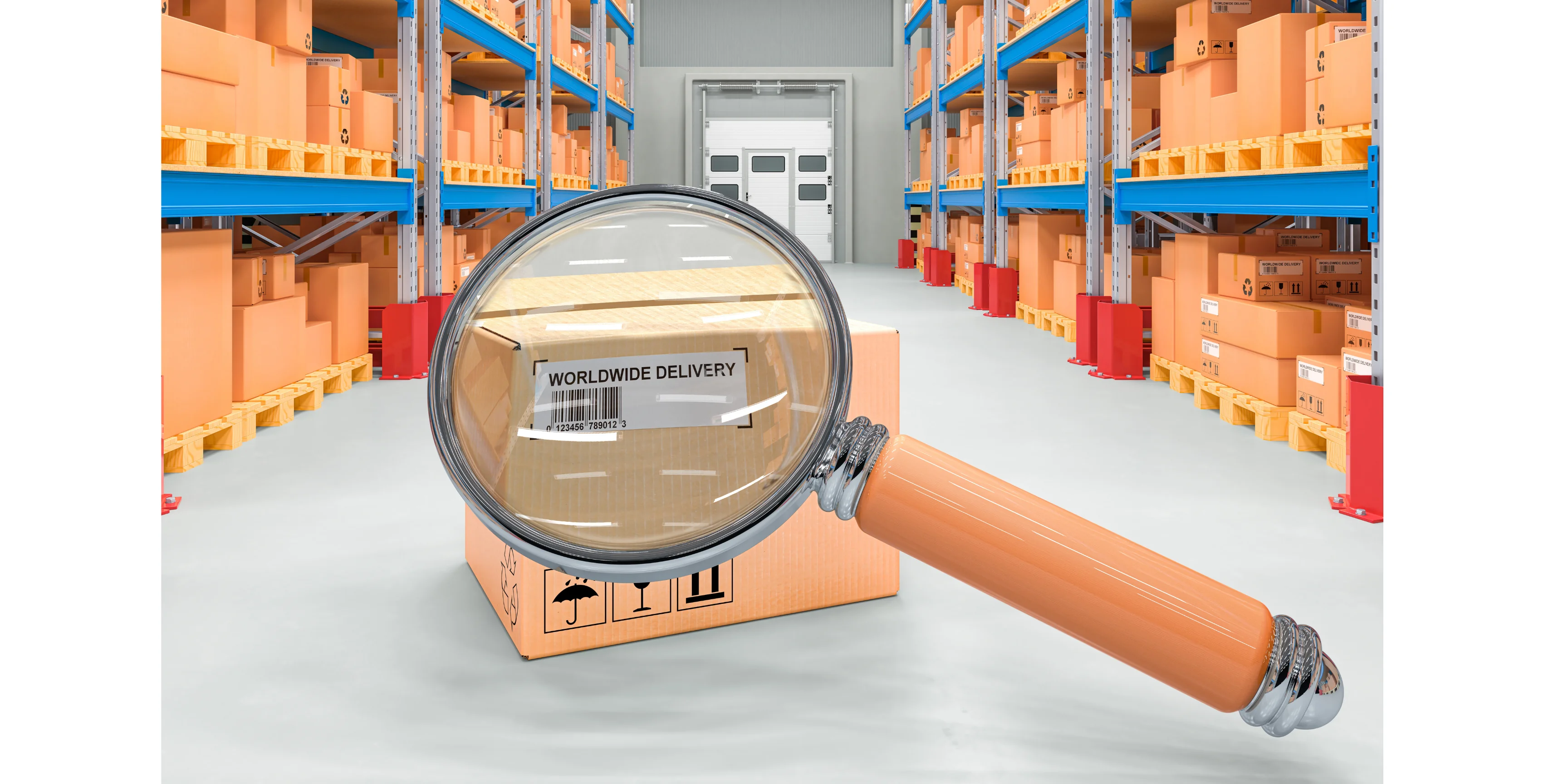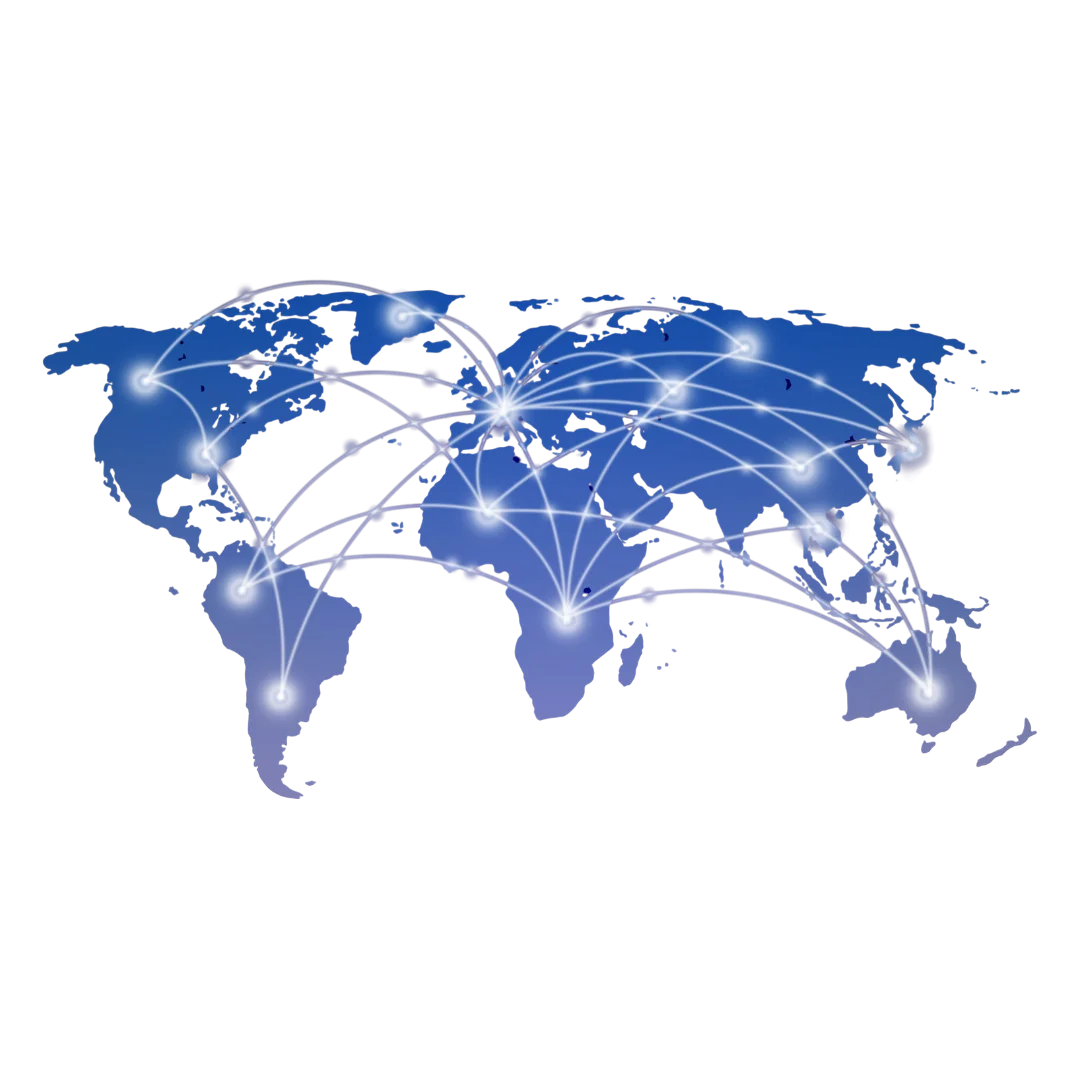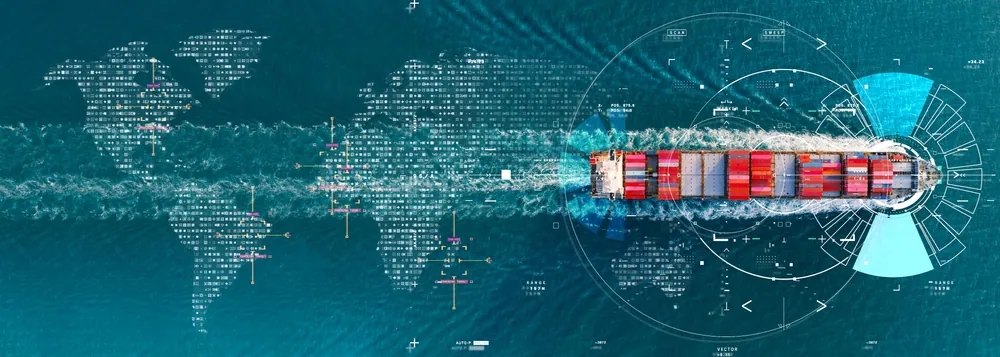
What is Freight Visibility?
Freight visibility is the ability to track the movement of goods in real-time or near real-time throughout the supply chain. This is made possible by tracking technologies such as GPS, RFID, and barcodes attached to shipments and by integrating data from various sources, such as carriers and warehouses.
Freight visibility platforms provide analytics, reporting, and alerting features that allow users to analyze historical data, identify trends, and respond promptly to disruptions. By offering transparency and control over the supply chain, freight visibility enhances operational efficiency, reduces costs, improves customer service, and strengthens supply chain resilience. Additionally, it encourages collaboration among stakeholders, facilitating better communication and coordination throughout the logistics process.
Technologies Used to Achieve Freight Visibility
- GPS (Global Positioning System): GPS allows you to track shipments in real-time using satellites, providing precise location data.
- RFID (Radio-Frequency Identification): RFID tags and readers enable automated identification and tracking of goods throughout the supply chain, offering visibility into inventory movement.
- Barcode Scanning: Barcodes track individual items or packages, with scanning devices providing data on their location and movement.
Different Freight Visibility Frameworks
PROJECT44: Project44 load tracking is a service that enables the monitoring of truckloads while they are in transit. The system tracks shipments from their starting point to their final destination, providing near real-time tracking information. The tracking data includes information about the shipment’s location and estimated time of arrival (ETA). The platform uses modern tracking technologies such as GPS, RFID, and barcodes to collect data on aspects like temperature, humidity, and shock, which gives insights into the condition of goods during transit. The service aims to simplify load tracking, improve operational efficiency, and satisfy customers. It also provides analytics, reporting, and alerting features to help users analyze historical data, identify trends, and respond quickly to any disruptions.
MacroPoint: MacroPoint tracking is a platform Descartes provides that monitors freight in real time. It allows customers to keep an eye on the location and status of their freight as it moves from one place to another through a single portal. The platform provides regular updates, including estimated time of arrival (ETA) information, which helps customers track the timeliness of their shipments and adjust delivery windows when necessary. The MacroPoint tracking system uses GPS and other tracking technologies to provide accurate and up-to-date information, eliminating the need for check calls and improving communication between carriers and customers. The MacroPoint for Truckers mobile app is highly rated and widely used, making the tracking process for drivers simple while providing real-time updates to carriers. Descartes MacroPoint aims to improve supply chain visibility, enhance operational efficiency, and meet customer demands for real-time tracking and automated alerts.

What are Some Benefits of Freight Visibility?
- Optimized Logistics Operations: Real-time cargo visibility allows businesses to track goods throughout the supply chain, reducing idle time, optimizing routes, and ensuring efficient transportation operations.
- Enhanced Customer Satisfaction: With accurate shipment visibility, businesses can provide customers with timely updates on their deliveries, improving transparency and reliability, thus enhancing satisfaction.
- Cost Efficiency: Leveraging cargo and shipment visibility helps minimize delays, avoid unnecessary detours, and limit the risk of theft or damage, ultimately reducing transportation costs.
- Inventory Optimization: Cargo visibility helps with inventory management by providing insights into the location and status of goods.
- Risk Management: Real-time cargo and shipment visibility enable businesses to identify and respond to potential disruptions and help with risk management capabilities.
Challenges of Freight Visibility:
1- Data Integration Issues: To achieve freight visibility, information must be collected from different shipment visibility platforms, such as transportation management systems(TMS), warehouse management systems (WMS), carrier systems, and IoT sensors. However, combining all of this data can be complex and take time. Maintaining data’s accuracy, consistency, and completeness across different sources can also be challenging.
2- Cost: Investment in Technology: When companies want to start using freight visibility solutions, a big investment in technology is usually required, like buying special devices and software licenses. However, smaller businesses might have trouble affording these expenses. Additional expenses come with maintaining, supporting, and subscribing to the platform. These costs tend to increase over time and can add up significantly. As such, companies need to carefully evaluate the overall cost of owning and using a visibility platform and weigh it against the expected benefits of improved visibility.
3- Data Security and Privacy: Freight visibility systems rely on sensitive information such as shipment details, customer data, and location tracking data. Therefore, strict measures to protect against cyber threats, data breaches, and regulatory violations are important.
The Future of Freight Visibility
The future of freight visibility is being transformed by emerging technologies. IoT sensors provide real-time tracking of goods, which helps make proactive decisions by providing detailed data. Blockchain technology enhances transparency and trust by creating tamper-proof records, whereas AI is revolutionizing supply chain visibility through advanced analytics and automation.
By using these innovations, businesses can achieve unprecedented openness and responsiveness by reducing lead times and optimizing resource allocation. However, to fully realize the potential of these technologies, it is important to remain adaptable and continuously improve. Embracing new tools, refining processes, and fostering collaboration are essential for gaining a competitive edge and driving sustainable growth in the global marketplace.
Do not hesitate to contact FreightCenter if you need a quote for your shipping needs!




